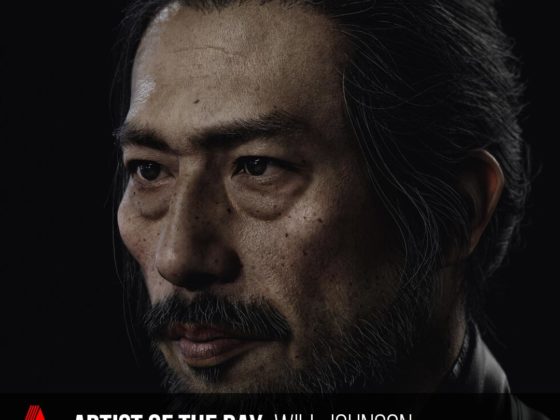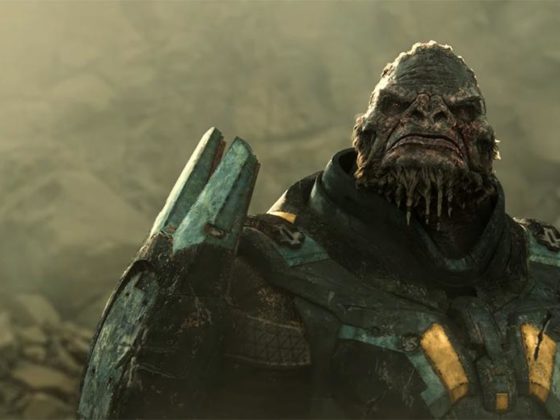Trek to Yomi – game inspired by Kurosawa samurai films takes you to Hiroki’s world – young swordsman who sworn to protect his town and the people he loves against all threats. Game featuring a voyage beyond life and death took its creators from Flying Wild Hog on a similarly epic journey.
Their team created a unique black and white style, which helps to immerse players in the Edo period of Japan. This style intesifies the feeling that the player found himself in one of the movies by Akira Kurosawa.
“The challenge would be to experiment with the capabilities of Unreal Engine and iterate a unique art style, complete with custom FX and camera moves, without compromising Trek to Yomi’s fun and accessible adventure gameplay,” says creators of Trek to Yomi.
Are you interested in game development? Read on to discover how Flying Wild Hog created this visually striking samurai game!
It started with setting the scene
To cerate composition they used theatrical arrangement of space. Each shot in Trek to Yomi is divided into three planes: the “playable” area, the foreground, and the background. “We had to ensure that each frame was clear and deliberately arranged to enhance the playability,” they described. They handled this challenge by the “axis of action” inside the playable area, which is bolded out with additional lighting and small details.
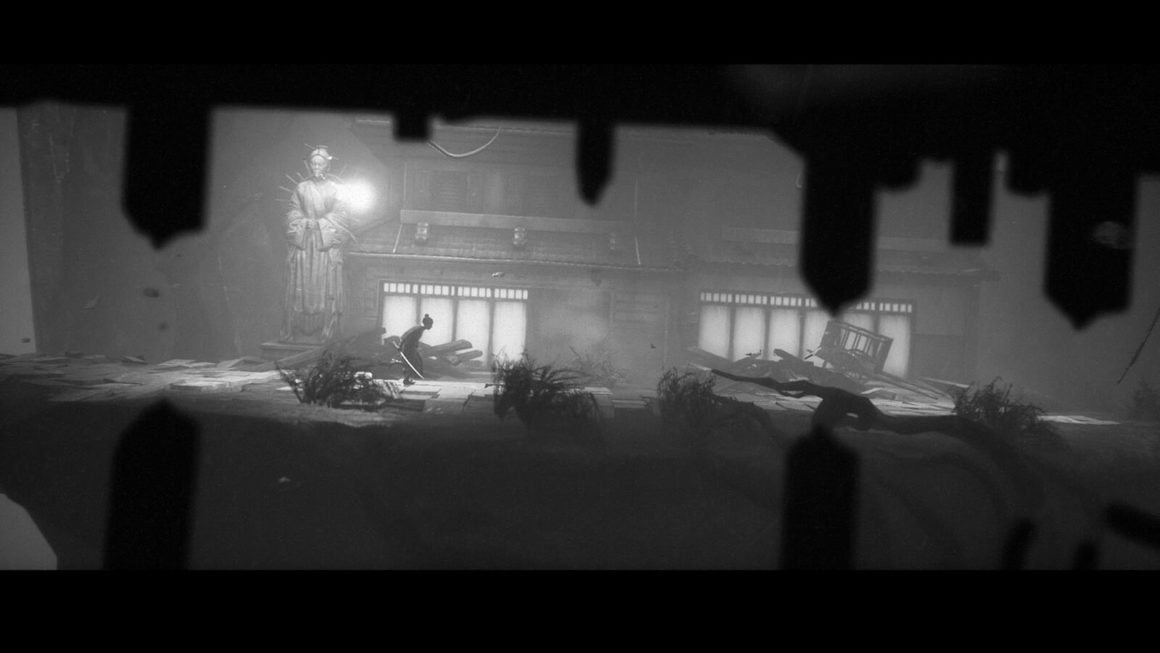
The backgrounds was constructed in a way that wouldn’t distract players from the task at hand but still looked aesthetically pleasing. In many cases, the background transition into a playable area. They had to arrange it in a way that met gameplay expectations. “Our team was able to create tools for Unreal Engine that could hide any elements on the camera, giving us the freedom to create dynamic action and opening up more opportunities for scene arrangement,” says Flying Wild Hog.
How to achieve the look of old movies from the 50s, but not to the extent that it would degenerate the image and ruin the player’s experience? They had to deal with exact same question. Process was based mainly on balancing brightness, contrasts, and Blueprints that simulate an old film reel, with authentic details.
Creating VFX
In order to create wonderfull Trek to Yomi they used the Niagara particle system to create FX. The one, when compared to the initial Cascade system, gave them freedom to create parameters and set values in respective modules. “This opened up the possibility of making universal VFX that could be adapted and used to arrange the game levels,” they said. Thanks to this, they did not had to create a new particle system when it came to changes in visuals. “Not only was this approach easier to implement, but way more optimal than creating a new particle system for even the slightest change in visuals,” they added.
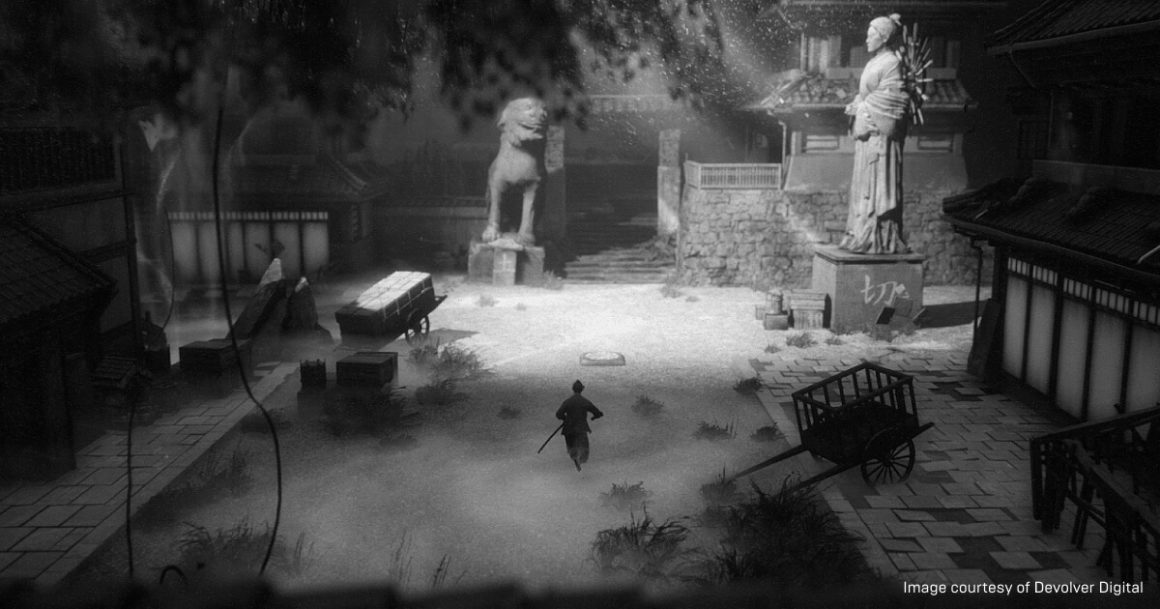
How Flying Wild Hog used Unreal Engine to create Trek to Yomi
Trek to Yomi presents players with several environments in which they must solve a riddle in order to rebuild destroyed objects and unlock the remaining gameplay. “To achieve this within Unreal Engine, we reversed time and divided the object into two elements,” they added.
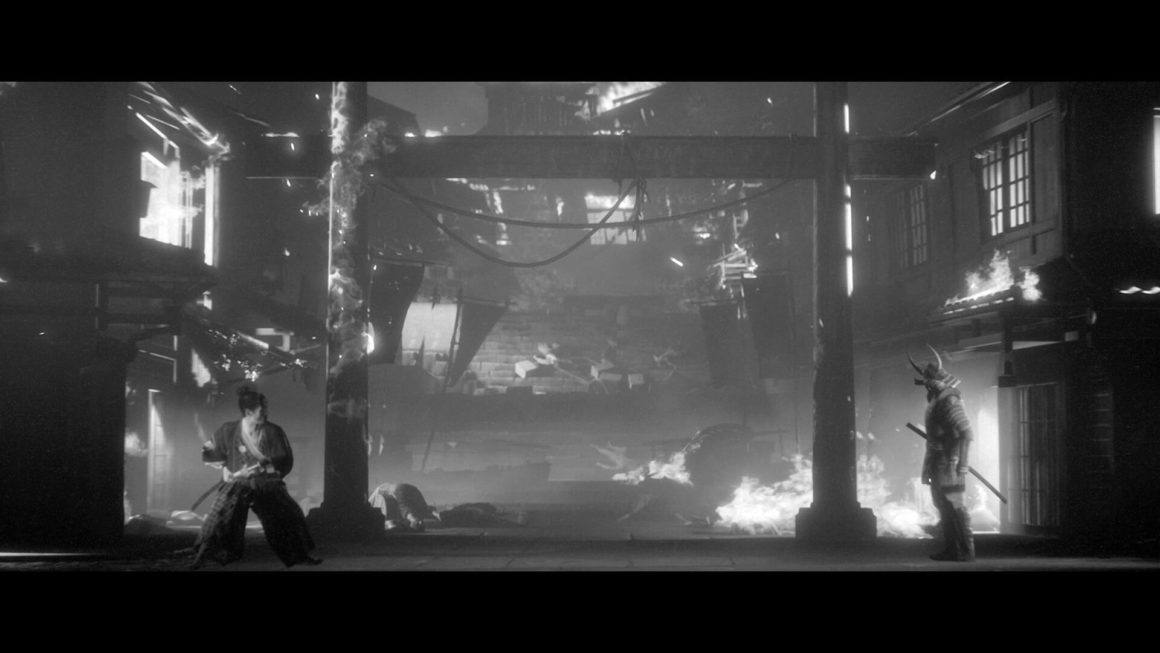
Simulation of the destroyed object was prepared in a separate program before reversing it and importing it into Unreal Engine, using an appropriate Sequencer. They also added additional VFX such as smoke, dust, and smaller pieces of debris.
“We realized that even if Unreal Engine doesn’t offer a solution for something out of the box, you can work to create one. The only limit is your imagination.”
The reason of this decision is that Unreal Engine doesn’t have an optimal solution for controlling the time axis in Niagara. “Instead, we switched on Is Solo mode in the system and added it to a Blueprint that guided its time axis. However, this mode needed an instance of the effect in each frame while reversing time, which would result in a significant drop in frame rate,” they claimed. This problem was solved by creating another system that imitate only reversal of time.
Are you interested? Click here and you’ll find out more about creating Trek to Yomi!
Most popular RAW HEAD 3D SCANS

BSHARA HENRY
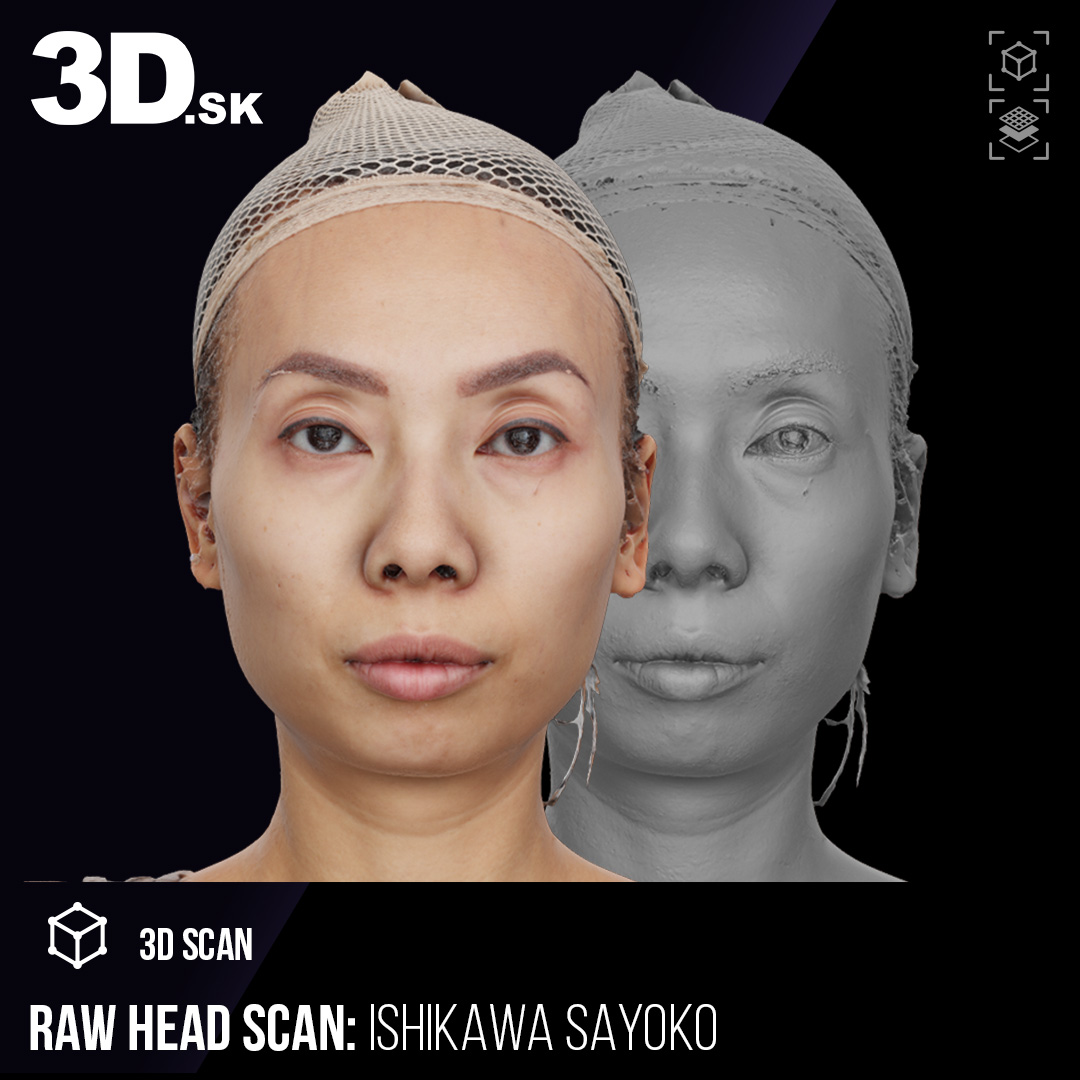
ISHIKAWA SAYOKO

DIMETRICE MOSS

QWANTEZ DANIEL

KAGA SUMI

ISLA COLE


